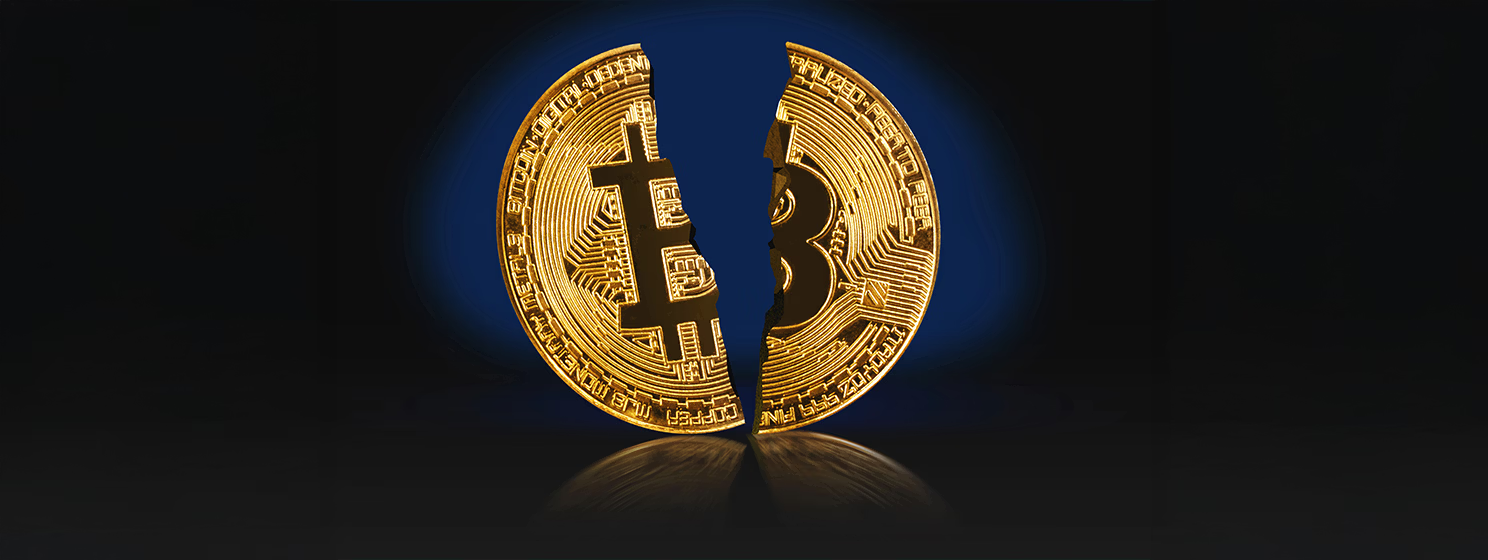|
Getting your Trinity Audio player ready...
|
Crypto’s appeal has drawn many to promises of fast money, and cloud mining platforms, especially those involving XRP, have jumped on this. Marketed as a simple way to get passive income, XRP cloud mining claims to give crazy returns—maybe 100% to 800% APR—without needing expensive gear or special skills. But hidden beneath the shiny claims are big risks, with many platforms looking a lot like Ponzi schemes. With BTC still making headlines and prices above $120,000 in August 2025, we must look closely at the shady world of XRP cloud mining because of its misleading practices and unsustainable setups.
Unlike BTC, which uses energy for its proof-of-work mining to protect its blockchain, XRP runs on a pre-mined system where all 100 billion coins were made at the start. Because of this significant difference, XRP can’t be mined like BTC or Ethereum. Instead, XRP cloud mining platforms usually have users fund deals that supposedly mine other cryptos, like BTC or Ethereum, with payouts in XRP. Platforms such as Jope Miner or MiningToken say you can get daily returns by renting computer power from remote data centers. The idea sounds great: invest XRP, relax, and watch the money come in. But the truth is much darker.
The main risk is that they aren’t open about what they do. Many XRP cloud mining platforms don’t share important details about their work, like where their mining sites are, what hardware they use, or how they make money. Unlike normal mining, where you can check hash rates and energy costs, cloud mining is a mystery. Users just have to believe their claims of “green data centers” or “AI hash power.” In July alone, platforms were caught promising up to $525 in daily earnings, but testing showed no actual mining. Instead, payouts often come from new users—a typical Ponzi scheme move.
Ponzi schemes create the impression of profit, using money from new investors to pay older ones. XRP cloud mining looks a lot like this. The high returns they advertise, often over 100% per year, just don’t add up considering how unstable crypto markets are and the costs of mining gear and power. For comparison, BTC mining gets you 5–15% annually after costs, even in good times. When platforms claim 800% APR, they depend on getting new investors all the time to pay everyone, and they fail when fewer people join. A 2024 case saw a cloud mining platform disappear after investing $10 million in XRP, leaving users with nothing.
One more warning sign is their pushy marketing. XRP cloud mining platforms often have referral programs, giving bonuses for getting others to join, a sign of Ponzi setups. These schemes push users to bring in new money, hiding the lack of real income. Platforms such as Quid Miner, which attracted users with $30 signup bonuses but had hidden withdrawal fees or kept funds “pending,” serve as a clear red flag.
Rules add to the problem. The U.S. Securities and Exchange Commission (SEC) made it clear in March 2025 that proof-of-work mining doesn’t cause securities laws to kick in, but cloud mining deals, especially those promising fixed returns, might be viewed as unregistered securities. Platforms outside regulated areas, often in shady offshore spots, put users at legal and money-related risk. Recent crackdowns on illegal mining in Malaysia and Kuwait show that the world is becoming less accepting of unregulated crypto schemes.XRP’s own instability adds another risk. Unlike BTC, which has support from big institutions, XRP’s price swings went up or down 32% in one week last month. If a platform calculates payouts based on XRP’s value, a sudden drop could make deals worthless, but users are often stuck in long-term contracts. Even worse, some platforms don’t give the promised XRP, blaming “market conditions” or tech issues, leaving investors with nothing.
There are safer choices for people wanting to get into crypto. Decentralized finance (DeFi) platforms like Aave or Compound offer clear lending and staking options with 5–20% APR, backed by smart contracts. Regulated exchanges such as Coinbase (NASDAQ: COIN) have custodial staking for Ethereum or Solana, with clear terms and less risk. These aren’t without risk, but they avoid the secrecy and Ponzi-like setups of XRP cloud mining.
Investors need to be very careful. Before putting in money, check if a platform has real mining operations, look for audits from others, and start with small amounts. Watch out for pressure to join or promises of sure returns; real investments never promise profit. The XRP community on platforms such as X has often said cloud mining is a scam risk, telling users to do their homework.
In short, XRP cloud mining’s promise of easy money is a trap that hides real risks. Its dependence on new money, lack of openness, and unsustainable returns resemble Ponzi schemes, which can destroy people’s finances. As crypto changes, using regulated, open options is the safest way to handle this risky world.
Watch | Mining Disrupt 2025 Highlights: Profitable trends every miner should know

 12-27-2025
12-27-2025 




